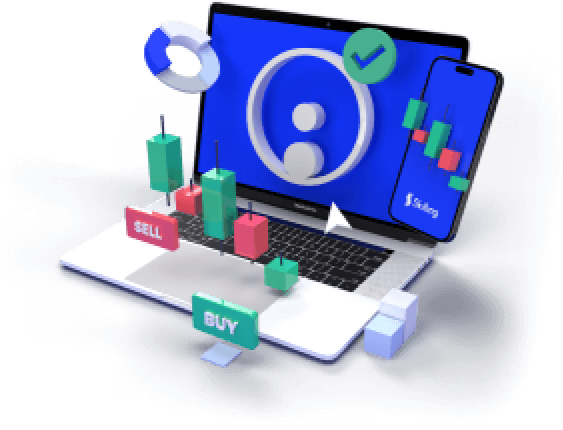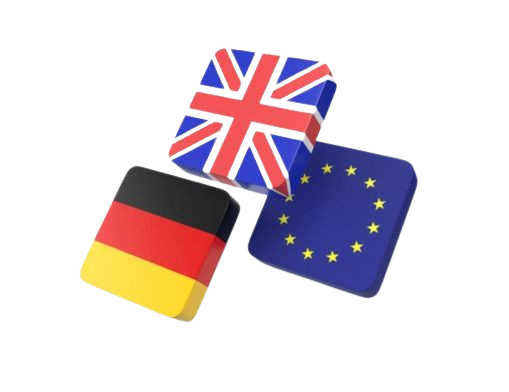Economic data plays a critical role in CFD-trading. From inflation reports to employment numbers, these scheduled releases often cause volatility across forex, commodities, indices, and more. Knowing how to read and react to this data can give you an edge as a trader.
In this article, we’ll explore why economic indicators matter and how to use them in your trading strategy.

Why Economic Data Moves Markets
Economic data reflects the health of an economy. Traders react to it because it affects interest rates, inflation expectations, risk appetite, and overall market sentiment.
When actual data beats or misses expectations, markets can react sharply — offering opportunities for well-prepared CFD traders.
Key Economic Indicators to Consider
- Interest Rate Decisions (Central Banks) – Affects currency strength and stock index sentiment.
- CPI (Inflation) – Impacts interest rate outlook and purchasing power.
- GDP (Growth) – Signals the overall direction of the economy.
- Employment Reports (e.g., NFP in the US) – Gives insight into labor market strength.
- Retail Sales, PMIs, Trade Balance – All used to gauge economic momentum.
Where to Find the Data
- Economic calendars (many brokers/platforms include them)
- Central bank websites (e.g,. ECB, Fed, Riksbank)
- Financial news outlets (Bloomberg, Reuters, etc.)
How to Use Economic Data in CFD-Trading
- Pre-positioning: Anticipate potential reactions and trade ahead (with caution).
- Post-release trading: Wait for the data, then trade the reaction.
- Volatility plays: Use tight stop-loss and quick take-profit in fast markets.
How to Navigate Trading Trends Around Economic Releases
- Reduce position size due to increased volatility.
- Use pending orders (buy/sell stops) to catch breakouts.
- Don’t forget, slippage can occur during extreme moves.
- Always trade with a plan — news trading requires discipline.
Combining Fundamentals and Technicals
Economic data is part of the “fundamental” picture — but it works best when combined with technical levels. For example, a breakout that occurs after positive data can offer higher conviction.
Capitalise on volatility in index markets
Take a position on moving index prices. Never miss an opportunity.
71% of retail CFD accounts lose money.

Conclusion
Economic data drives markets. By learning to interpret key indicators and adapting your strategy around releases, you can make more informed decisions and trade smarter with CFDs.












